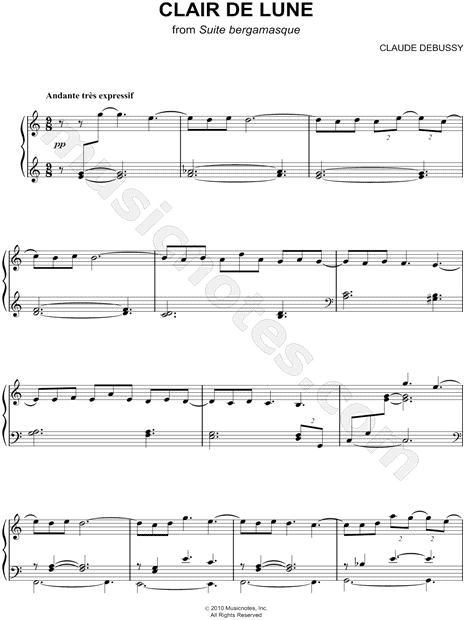
Try listening to the original orchestral version for some extra inspiration. If you want a small challenge, this uptempo song is perfect. See Also: 15 Pop Piano Songs to Practice 8. Check out the slowed-down version above and try your hand at this classic. This fun waltz might sound tricky, but it is actually not hard to play at all. Many pianists like to arrange this song in their own way, so head to YouTube for some creative and inspiring arrangements! 7. Meaning “moonlight,” this classical piano song for beginners is pretty straightforward. Just because it’s a simple piano song doesn’t mean the joy is lost! 6. That’s because the song has a very simple rhythm, melody, and fingering style. This is often the first classical piano song that students try when learning how to play the piano. See Also: 15 Simple Piano Solos that Sound Complicated 5. It sounds easy and refreshing, with simple fingering. This easy classical piano song is a very light, simplistic classical piece. It’s not hard to discover the rich feeling that Chopin wove into this beautiful piece. This melancholy minor classical piece has a simple melody in the right hand with basic chords on the left hand. Chopin’s “Prelude in E min, Opus 28, No 4” Check out this helpful tutorial, which breaks it down at a much slower pace, and don’t forget to use a metronome while you practice! Speed up the tempo only after you can accurately play the notes. This orchestral piece can be easily transposed to solo piano.

Mozart’s “A Little Night Music” 1st Movement

It won’t take long to discover the beauty of this Bach number! 2.

As you learn the mechanics of playing the notes, remember to also pay attention to the feeling and the flow of the music. While this piece is not very long, it is full of dynamics that you can play around with. This piece uses two simple piano notes in the left hand with arpeggios in the right hand. Bach’s “Prelude to the Well Tempered Clavier”

The most beautiful easy piano pieces for beginners include Bach’s Prelude to a Well-Tempered Clavier, Mozart’s A Little Night Music, Chopin’s Prelude in E Minor, Edward MacDowell’s Prelude to a Wild Rose, Beethoven’s Ode to Joy, Debussy’s Claire de Lune, Strauss’ Blue Danube, Offenbach’s Can-Can, Schubert’s Ave Maria, Pachelbel’s Canon in D, Beethoven’s Fur Elise, Bach’s Minuet in G, Tchaikovsky’s Theme from Swan Lake, Tchaikovsky’s Dance of the Sugar Plum Fairy, and Liszt and Rossini’s William Tell Overture. Sign up successful What Are the Top 15 Easy Piano Pieces ?


 0 kommentar(er)
0 kommentar(er)
